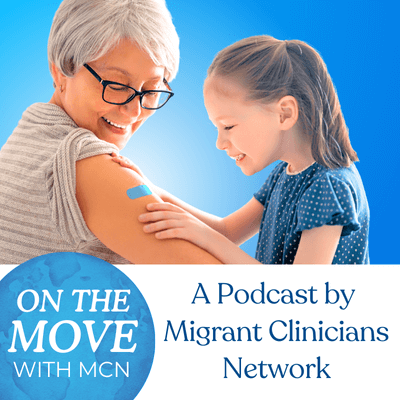Be Informed and Educate Others on National Latino AIDS Awareness Day
 HIV/AIDS takes an especially heavy toll on the most vulnerable and marginalized groups in US society. Poverty, low income, limited education, sub-standard housing, and limited access to health care are all factors that increase the rate of HIV/AIDS in a population. Farmworkers in the US contend with all these risk factors, plus others: limited English proficiency, mobile lifestyle, and social isolation, to mention but a few. This confluence of social and economic risk factors creates a situation in which a serious HIV/AIDS outbreak is a distinct possibility
HIV/AIDS takes an especially heavy toll on the most vulnerable and marginalized groups in US society. Poverty, low income, limited education, sub-standard housing, and limited access to health care are all factors that increase the rate of HIV/AIDS in a population. Farmworkers in the US contend with all these risk factors, plus others: limited English proficiency, mobile lifestyle, and social isolation, to mention but a few. This confluence of social and economic risk factors creates a situation in which a serious HIV/AIDS outbreak is a distinct possibility
An outbreak would be particularly devastating for a population already vulnerable due to minimal physical and financial resources and poorer health status than the general population. At present, the seroprevalence rate of HIV/AIDS in farmworker communities is unknown. The vast majority of the epidemiological data on HIV incidence among farmworkers is based on small, local studies. A 1992 study of 310 farmworkers in Immokalee, FL, by the Centers for Disease Control and Prevention (CDC) found an HIV positive prevalence rate of 5%, almost 10 times that of the national rate of 0.6% at the time. A few other small studies reported have reported rates ranging from 0.47% to 13% .
In the absence of adequate population-based data on farmworkers, useful inferences may be drawn from statistics collected on migrant Latinos in the US, a group known to be disproportionately affected and infected by HIV. HIV/AIDS cases among Latinos are increasing in both incidence and prevalence . Latinos comprise approximately 13% of the US population, but account for 16% of all AIDS cases since the onset of the epidemic. Additionally, approximately 19% of all newly-diagnosed cases in the US are among Latinos.
For more information about HIV within underserved populations:
- Download the HIV in the Farmworker Population white paper.
- See MCN's resource list of HIV information specific to underserved populations.
- Visit the National Latino Aids Awarenesss Day Website
- Log in to post comments






